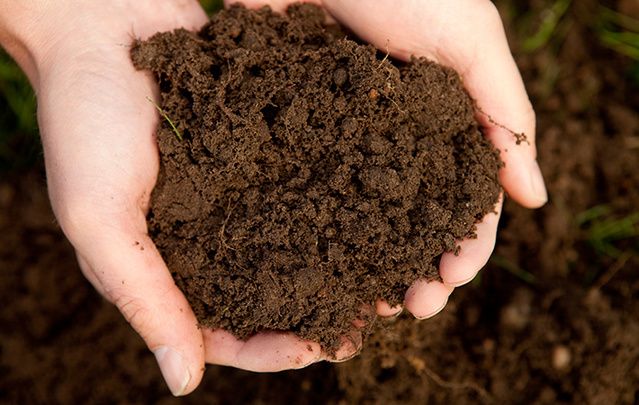
Drug-resistant bacteria has been a major concern—and a growing one—over the past several years. And while medical researchers have been working on truly exciting bio-engineered remedies, fighting antibiotic resistant bacteria continues to be a plague on the industry, no pun intended.
As a matter of fact, the World Health Organization has called the epidemic of rising antibiotic resistances as “one of the biggest threats to global health, food security, and development today.” Indeed, research shows that these “superbugs” could result in 1.3 million deaths in Europe, alone, by 2050.
But a remarkable finding in Ireland may be the beginning of a new age of antibiotics. An international team of researchers working at the Swansea University Medical School, in the United Kingdom, has reported the discovery of a new strain of bacteria that could offer us some remedy.
The discovery begins as a novel idea from Dr. Gerry Quinn who had once lived in this area. Quinn recalls interesting local healing traditions which involve wrapping a small amount of soil in a cotton cloth and applying the compress to the body to cure various ailments, ranging from a simple toothache to neck and throat infections.
The team also note that this region has been inhabited for at least the last 4,000 years. Actually, the local civilization probably dates back to the first Neolithic and then later druidic tribes famous to Ireland; the people who probably started the tradition.
Lab tests conducted on the soil found the presence of the remarkable bacterial strain, which is what clued researchers in to their potential antibacterial properties. The tests confirmed the bacteria could inhibit the growth of four (out of six) multi-resistant pathogens: Vancomycin-resistant Enterococcus faecium (VRE); Klebsiella pneumonia and Carbenepenem-resistant Acinetobacgter baumanii; and methiciin-resistant Staphyococcus aureus (MRSA).
It is very important to note that these findings are quite preliminary. As such, the researchers are still unsure why or how these bacteria function but, of course, the team is working diligently to clarify its mechanisms.
